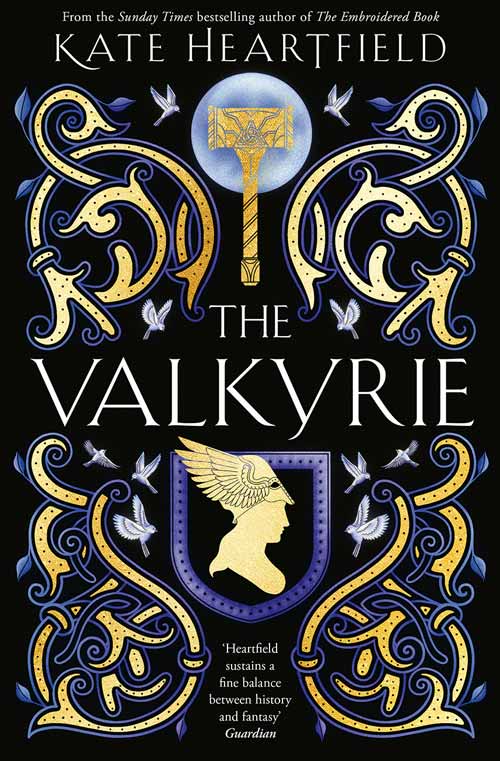The Last Man: A Novel of the 1927 Santa Claus Bank Robbery
At first glance, The Last Man would appear to be a simple re-enactment of a bank robbery that occurred in Texas in 1927, conducted by four thieves, which goes horribly awry. The novel is much more than that. In fact, the robbery occurs in the very first chapter. This novel is about the aftermath.
Four men rob a bank and get caught doing so. Who are these four men? What is their backstory? Why should we feel any sympathy for them? Why should we be committed to reading their stories?
Louis Davis is a family man, with a wife and three kids and no criminal history, coerced into participating in the bank heist by his brother-in-law. Henry Helms has a family, too, a wife and children. Bobby Hill is a nineteen-year-old orphan who grew up in a home for boys and has no family. Marshall Ratliff is a divorced man whose ex-wife moved with their two children while he was imprisoned. In a time of great poverty, all four men are just trying to survive.
This novel brings these four convicts to life in a way that, despite their flaws and frailties or perhaps because of them, we care about what happens to them. Goodman’s writing is spot on for dialogue and ambience. The research is impeccable. The robbery is only the frightening opening to the main act of what happens to these men on the run and in the court and prison systems of the day. The scenes on death row and in prison are particularly stirring. The Last Man is an anti-death penalty novel that asks us to look more deeply into the hearts of our fellow man and be able to forgive.










